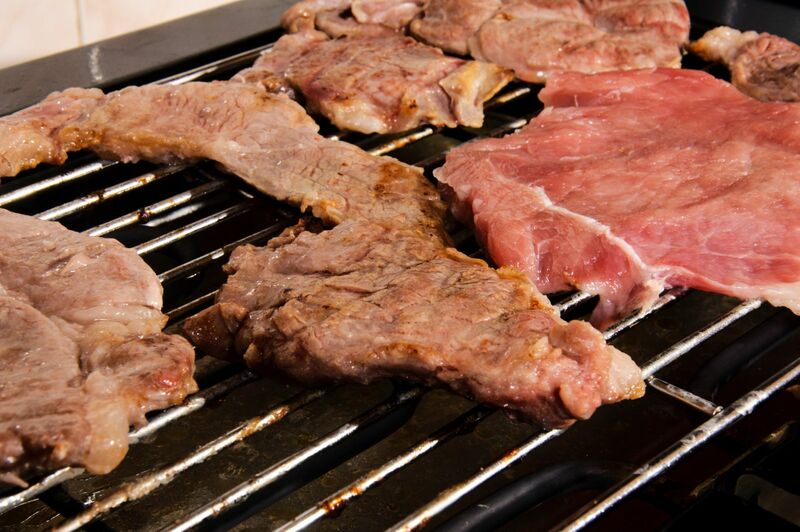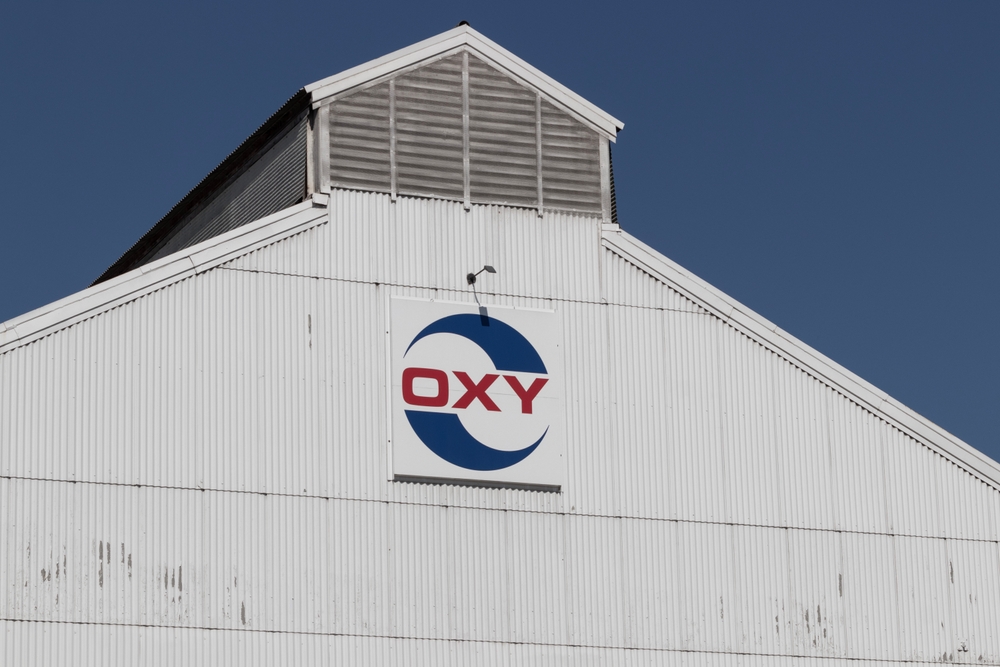
- The red hot beef market comes down to simple fundamentals: strong demand for tightening supplies.
- Given like cattle, like most other ag markets, have roots as a weather derivative, we can trace tight supplies back to the ongoing drought across the US Central and Southern Plains.
- As for demand, the US boxed beef market is skyrocketing, as good an economic indicator as one will find these days.
I had a request come in to talk about the beef market, and understandably so. Not only because, well, beef – it’s what’s for dinner – but also because we see demand rocketing higher at a time when supplies are lower than they have been in a while. In other words, it’s a perfect market storm that has led to boxed beef climbing to its highest level in more than a year while the futures market (LEJ23) is making new all-time highs routinely. Let’s see how we got here and how long it might last.

As is true with most agricultural markets, the roots of the ongoing[i] stampede in the cattle industry starts with the incredible drought across the US Southern and Central Plains. This is cattle country (though it likes to pretend to be part of the US Corn Belt, a story for another day), from cow-calf operations to feed yards to packing plants. The last few years of incredible drought have left pastures unable to sustain the usual number of head, so cows have been taken to slaughter. Initially this kept a lid on cash prices paid by packers, so we saw months of weak basis and bearish futures spreads, but all the while I was talking about Newsom’s Rule #4A: A market that can’t go down won’t go down. Futures should’ve been falling, given our bearish fundamental reads, but didn’t. Why? Because noncommercial traders continued to add to their net-long futures position, growing it from 20,000 contracts in early July 2022 to a high of nearly 109,000 contracts in early March 2023.

A look at USDA’s monthly Cattle on Feed reports shows the number of head on feed during 2023 is running well below where it was a year ago. But that isn’t necessarily a fair comparison given 2022 Q1 (Jan-Feb-March) saw record high number of head on feed. That being said, so far in Q1 2023 the numbers are lower than what we’ve seen since 2018. The end result, with fewer cattle on feed and fewer being pulled through the packing plant each month (“marketed”), we’ve seen supplies tighten at the store and in monthly Cold Storage reports. Regarding the latter, as of March 1, US stocks of beef were down 6% from the previous year.

But what about demand? Here’s where things get interesting given all the caterwauling over recession this and inflation that. As I’ve talked about before, we can use the boxed beef market as an economic read, particularly on employment. Think of it this way: If US employment is struggling and folks are truly having a hard time with inflation, less of their disposable income will move toward what could be considered a luxury item of high-priced beef. A look at the reported boxed beef markets for Tuesday, April 11 shows choice (high end cuts, restaurant demand, etc.) $295.10 (per 100 pounds). This was up $2.19 for the day, $13.03 for the month so far, and $34.32 from the end of April 2022. That is an impressive move, and it put the choice market at its highest level since a reported $293.50 on January 24, 2022. As for the lower priced cuts, the select market (hamburger, etc.), Tuesday’s reported price was $282.04; up $3.64 for the day, $11.32 for the month, and $34.07 for the year.

What do I see happening from here? A reminder that despite what the previous US administration wanted to believe; the stock market (in general) is not the economy. However, if we look at the six stages of the business cycle[ii] we see bond prices and US stock indexes have already turned up. The next stage sees commodities turn up, meaning the long-term downtrends in two of the Three Kings of Commodities (crude oil and corn) are expected to end over the coming months. Given the long-term trends of the three major US stock markets are already up (as of last October), and there is an intermarket link between stock markets (my play on words meaning equities and livestock), then it is hard to say when the beef market will top.
What I do know is those steaks and burgers are going to cost more this grilling season but given the overall economy I don’t think many are going to complain. Except for those unhappy with a healthy US economy. But again, that’s for another day.
[i] I almost said “current”, but every time I am set to type that word my mind flashes back to a good friend and editor who would take it out every time. His point was the idea might not be “current” when the article is read.
[ii] Discussed in the book Intermarket Technical Analysis by John J. Murphy
More Livestock News from Barchart
- Tuesday Losses for Hog Market
- Cattle Market at New Record Highs
- Hogs Close Triple Digit in the Red
- New Highs in Cattle Trade
On the date of publication, Darin Newsom did not have (either directly or indirectly) positions in any of the securities mentioned in this article. All information and data in this article is solely for informational purposes. For more information please view the Barchart Disclosure Policy here.




/Super%20Micro%20Computer%20Inc%20logo%20on%20phone%20and%20stock%20data-by%20Poetra_RH%20via%20Shutterstock.jpg)

/NVIDIA%20Corp%20logo%20outside%20building-by%20BING-JHEN_HONG%20via%20iStock.jpg)
/Nvidia%20logo%20and%20sign%20on%20headquarters%20by%20Michael%20Vi%20via%20Shutterstock.jpg)